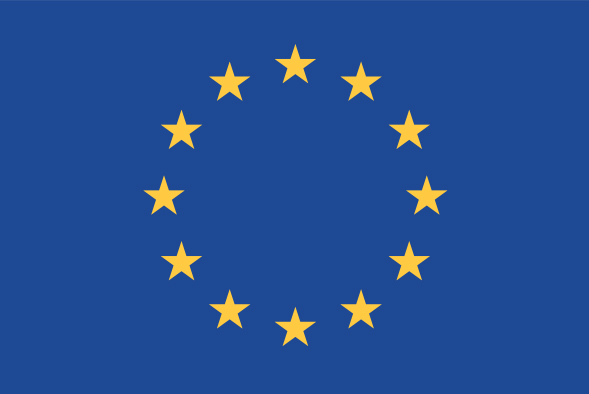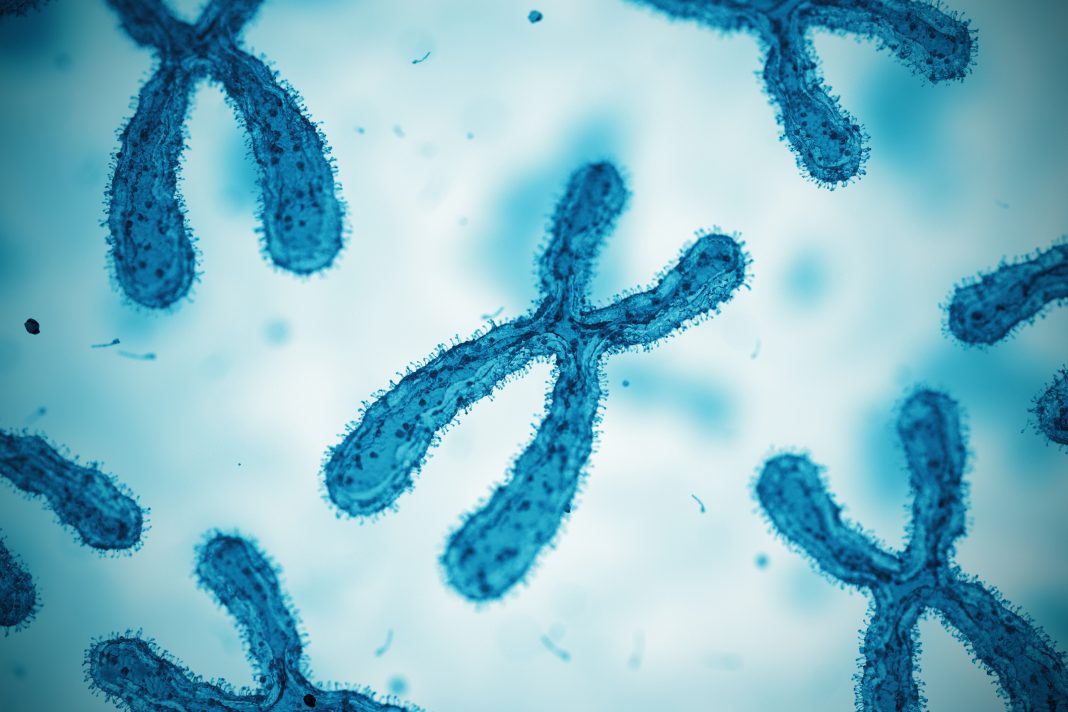Professor Michael Levin from Imperial College London argues that in the DIAMONDS project, there has been a breakthrough response in personalized medicine via RNA molecular signature diagnosis
Correct treatment of patients requires first that their illness is accurately diagnosed. Although doctors aim to deliver the right treatment to each patient, current medical diagnosis is often far from precise, and a high proportion of patients are treated based on a doctor’s “best guess” rather than on a definite diagnosis. Nowhere is this more evident, than in the management of infectious and inflammatory diseases, which are among the most common conditions for which patients seek medical care.
Since Pasteur, the management of infectious diseases has aimed to identify the pathogen responsibly and prescribe an antimicrobial specific to that pathogen. Unfortunately, this logical approach has been difficult to achieve in practice. Most patients with symptoms of infection remain without a definite diagnosis. In our previous studies, of over 20,000 patients with febrile illness, a definite diagnosis was established in only 25%, and the majority remained without a clear diagnosis but received antibiotics because their doctors were unwilling to risk “missing” a serious infection. The situation is similar for inflammatory diseases, which are diagnosed only after prolonged investigation to narrow down the possibilities.
Why does the current diagnosis fail?
Identifying the pathogen causing a patient’s illness frequently fails because the pathogen is not present at an accessible site. For example, patients with pneumonia may have bacteria in their lungs, but doctors can only sample accessible fluids such as blood or urine. The majority of patients with pneumonia, abdominal infections or sepsis do not have microorganisms in their blood, and identification of the responsible pathogen fails. Although viruses can readily be detected in airway samples, their presence does not exclude bacterial infection or inflammatory disease, as viral infections commonly coexist with other illnesses.
A paradigm-changing new approach
In successive EU-funded studies (ILULU (2009-2014), EUCLIDS (2012-16) PERFORM (2016-2020) and DIAMONDS (2020- 2025) we explored novel approaches to the diagnosis of infectious and inflammatory diseases. Instead of trying to find the pathogen or diagnose inflammatory disease by the step-wise exclusion of other conditions, we postulated that each infectious or inflammatory disease can be distinguished from other diseases by the pattern of genes, switched on in blood by the causative agent. Pathogens are recognised by cells of the immune system which become activated to produce RNA which codes for the proteins required to neutralise the pathogen. We found that each pathogen appears to have a unique pattern of RNA-gene response, resembling a “fingerprint” or “signature” of each infection.
Can the RNA molecular signatures be used as a diagnostic test?
Our early studies indicated that each infectious or inflammatory disease had a unique “signature”, but the number of genes switched on was too large to be used as a test. However, novel mathematical methods developed by our team identified the smallest number of genes that carried all the information required for specific diagnosis. For example, 2 genes distinguished Bacteria from a Viral infection, 3 genes identified tuberculosis disease, and 13 diagnosed Kawasaki disease. With smaller gene signatures, developing tests for them became achievable. Our EU-funded PERFORM grant confirmed that tests based on a small number of genes can be applied to thousands of patients, to accurately predict which have a bacterial or viral infection.
The vision of diagnosis of disease by molecular signature
Once we had shown that individual diseases can be distinguished from others by small gene signatures the tantalising question was: could many different infectious and inflammatory diseases be distinguished from each other simultaneously? What a doctor needs to know, is not “does an individual patient have disease x or not”, but “which of the many possible diseases does my patient have?”. To answer this question, the bioinformatic experts in our team developed novel methods to analyse thousands of genes switched on in blood from patients with a range of different infectious and inflammatory diseases and identify the smallest number that can distinguish many different diseases simultaneously.
The answer from our pilot studies is yes – multiple diseases can be simultaneously diagnosed or excluded using a modest number of genes. DIAMONDS (Diagnosis and Management of Infectious and inflammatory diseases by personalised molecular signatures) was awarded to prove the concept that diagnosis of multiple infectious and inflammatory diseases can be undertaken simultaneously using small gene signatures, and to develop tests based on this approach. DIAMONDS aims to develop a new classification of disease by RNA molecular signature and to bring diagnosis of disease by personalised molecular signature into clinical use.
How will DIAMONDS achieve this vision?
To discover unique gene and molecular signatures of many different diseases, DIAMONDS has recruited over 10,000 patients attending hospitals across Europe with symptoms of infection or inflammation. Sequencing of the blood RNA from these patients has generated millions of gene sequences, which were “mined” by the bioinformatics team to identify the genes distinguishing many possible diseases simultaneously. These “Multiclass signatures” have first to be validated in independent patient cohorts, and then converted into tests based on the measurement of a manageable number of genes. To turn gene signatures into rapid tests DIAMONDS includes as partners Biotechnology companies (bioMérieux, Skyline Diagnostics and Micropathology Ltd). “The Version 1” multiclass diagnostic test is currently being manufactured by bioMérieux and will be tested on thousands of patients in a pilot demonstration study in 2024. The data from sequencing many thousands of patients will be deposited in a DIAMONDS-European Diagnostic Transcriptomic Library, which will be available to researchers worldwide at the end of the project.
Bringing a visionary new approach to diagnosis into clinical use has been a 20-year journey from initial concept to large-scale field trials. It has required clinicians in many countries to recruit patients, cutting-edge molecular signature sequencing, and the development of novel bioinformatic approaches to identify small diagnostic signatures. It has also required collaboration between academic institutions and industrial partners to manufacture tests based on RNA signatures. A project of this scale, conceptual novelty, and duration has only been possible with funding from successive EU grants.

The DIAMONDS investigators believe that by the end of the project, the vision of diagnosis by personalised molecular signature will have been moved from hypothesis to reality.

This work is licensed under Creative Commons Attribution-NonCommercial-NoDerivatives 4.0 International.


